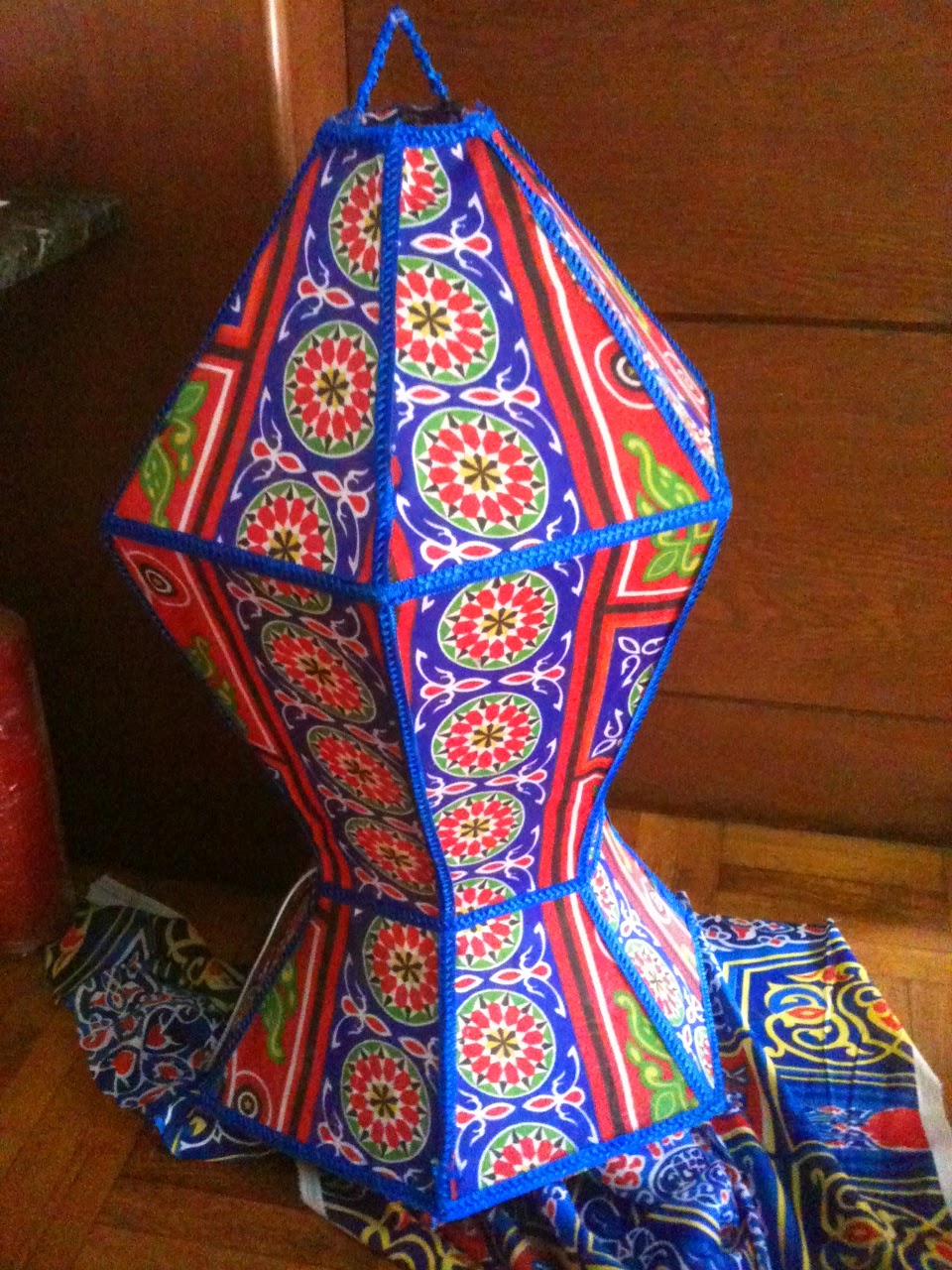Tea drinking in Egypt has been described as:
* an integral part of the culture: its symbol
* an obsession
* a timeless tradition
* a passion
* a past-time
* the main source of energy
* a way of life
* and THE cultural beverage!
* an integral part of the culture: its symbol
* an obsession
* a timeless tradition
* a passion
* a past-time
* the main source of energy
* a way of life
* and THE cultural beverage!
But whatever you call it, when you are in Egypt, you will drink it, or rather you WILL drink it, and lots of it. You will find the “compulsory” cup of tea thrust into your hands at every opportunity.
THE HISTORY:
Apparently, black tea was first brought here by the Venetian traders, who mainly used the port city of Alexandria. Since then, drinking of “normal” tea has flourished and grown, and now it occupies 70% of the beverage market! Most of the tea is imported from Kenya and Sri Lanka, Egypt being the one of the world’s largest importers of tea.
HOW IS THE TEA MADE?
Well, there is not a long, intricate ceremony or ritual with Egyptian tea, but it is rather a passion, a duty, a MUST. So in people’s homes, sidewalk cafes, shops, random places in the city, all that is required is a chair, or even a mat to sit on to start the tea drinking. Within minutes, you will be presented with your tea.
There are said to be 2 kinds of tea making:
- Koshary tea (from the North). This tends to be lighter in color, and not as strong: half a teaspoon of loose leaves per cup, and is usually spooned into the cup of hot water and stirred.
- Saidi tea (from the South) This is strong, heavy and has been boiled for up to 5 minutes. 2 teaspoons of tea leaves per cup.
Both will be served with a lot of sugar: therein lies the energy. Most foreigners prefer the lighter tea from the North. But don't be alarmed if you have a bitter cup of strong southern tea: asking for extra sugar is never a problem!
Tea is not usually served in porcelain cups or pottery/ceramic mugs: it must be glass, usually without a handle! The Egyptians tell me that half the joy of drinking tea is admiring the deep rich colour. You will find that once you get over not having a porcelain or pottery cup, you feel deprived if you can’t see what you are drinking. Most guests go home and buy a glass cup for their tea!
Often you can ask for mint tea, which usually means you will be given a large sprig of mint to add to your glass! This gives it a refreshing flavor and fragrance, and mint is always good for any stomach gripes you may have!
OTHER TEAS?
It is said that the Pharaohs were the ones to drink Hisbiscuis (bright red) and fenugreek (yellow) tea. Hibiscus tea is more popular in the South where it is grown, and can be drunk hot or cold, but either way has a lot of sugar as tea should have! It is a deliciously refreshing drink on a hot summer’s day.
Other teas that are popular are annaseed, chamomile and cinnamon. In more recent times, Early Grey and Green tea have been increasing in popularity and availability. Egyptian women love any tea that is said to “melt away” the fat, and have various teas they will encourage you to drink to lose weight: ginger and cinnamon is a good one they say!
AND NEVER DRINK ALONE!
Tea is never drunk on the go, or take-away: you will always sit somewhere, slow yourself down, settle in, feel the noise and hustle-bustle of the country slowly fade away….. until the waiter brings you your steaming glass of refreshment. You usually have to sit and wait for the glass to cool down a bit, so this gives you time to chat and interact with those around you…. you should never drink alone. The saying goes that if you drink alone, you will die alone. It is a social event, an occasion, to be repeated often in a day.
When the glass has cooled a little, using 2 fingers and your thumb, carefully placed near the rim of the cup (coolest part of the cup) take that first sip…
…savor the moment
…close your eyes and swallow…
…time slows down.
WELCOME IN EGYPT!











